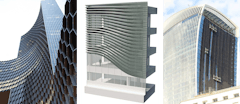
Managing Solar Reflections from the Building Envelope
Understanding how a building will reflect sunlight has gone from a rare requirement to a key consideration during the planning permission process in

Understanding how a building will reflect sunlight has gone from a rare requirement to a key consideration during the planning permission process in

In 1959 Heinz Isler challenged the world of concrete shell design by proposing a series of shapes for shells that were very different from what most

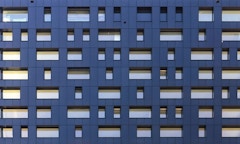
Reducing greenhouse gas emissions from the building sector is critical to limiting global temperature rise to less than 1.5⁰C. Construction and
Glass is an essential component for any type of building. Its transparency enhances daylighting and provides occupants a view to the outside. Whether
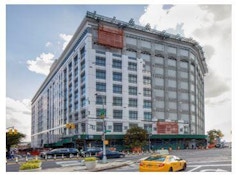
Center Three is a 100-year-old, one million square-foot building in Long Island City, New York that was constructed over the course of one year. It

This paper examines two profoundly different design approaches: one, herein called ‘autonomous’, where the building’s design is governed by internal

For over 60 years architects, engineers, and consultants have been specifying stainless steels for use in building skins and in some structural

This paper will explore steel forming methods other than cold drawn or hot rolled processes, and how they allow steel to be utilized as the primary
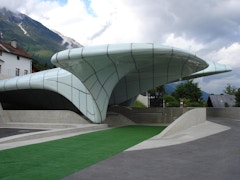
Architecture has traditionally celebrated the joining of two building components or materials. Joinery serves as a key site for architectural

The Glass Performance Days (GPD) event in 2022 will celebrate its 29th year of service to the glass industry.
Integration and interoperability between Building Information Modeling (BIM) and Building Energy Modeling (BEM) tools pose major challenges for the
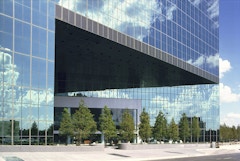
Fountain Place is a project that exemplifies the latest technology and applications in building skin design and jumbo structural glass applications,
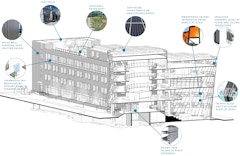
This paper analyzes sustainable retrofit strategies for an existing research laboratory building, located in a cold climate. This facility is

The stability of monolithic glass fins is reasonably well defined; as an elastic material it behaves in a similar manner to other elastic materials
Glass handrail design in the United States lags behind best practice in other parts of the world. There can be as much as a factor of four (4)
Embodied carbon in buildings is a key factor in building decarbonization and while it is generally small compared to operational carbon, the